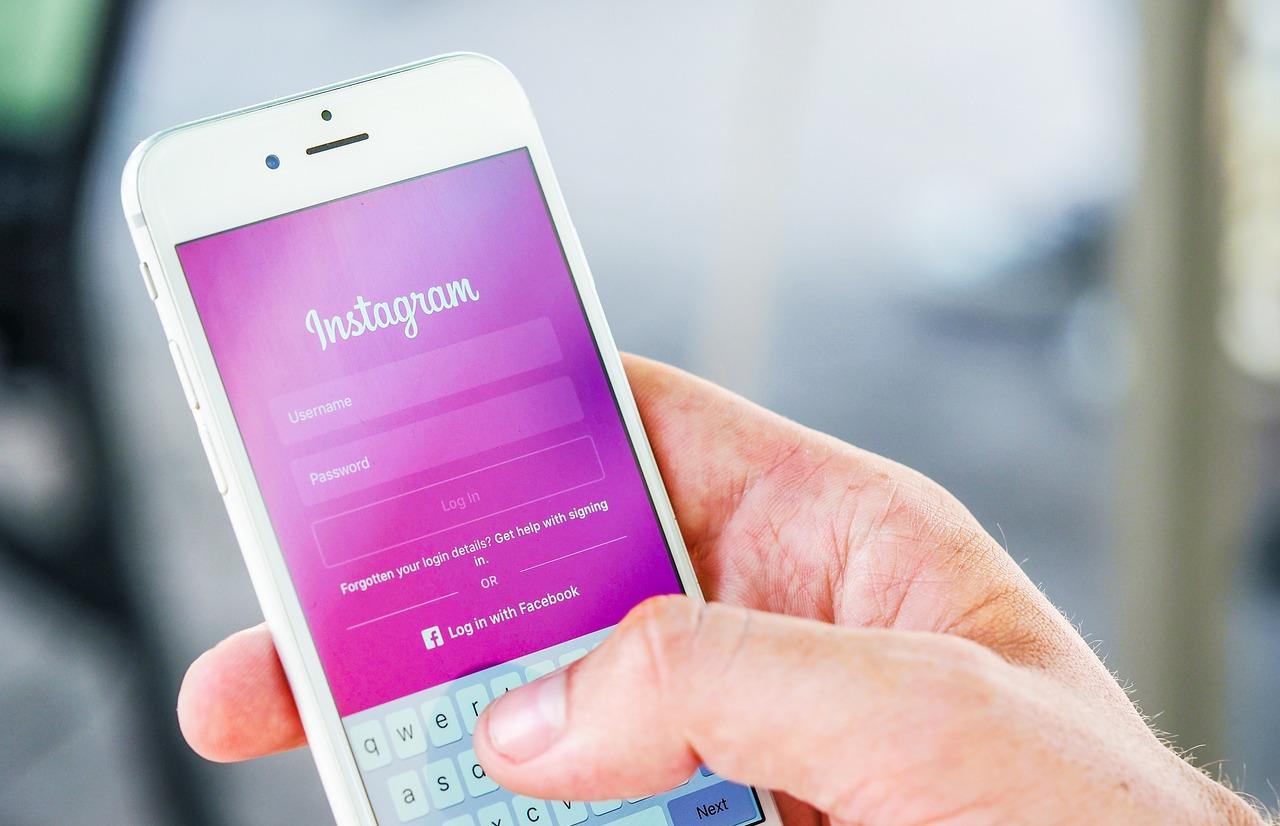Influencer marketing is transforming the digital landscape, offering brands an authentic way to engage audiences and drive conversions. However, to achieve success, businesses must strategically plan, execute, and measure their influencer marketing campaigns effectively. In this comprehensive guide, we will cover everything you need to know to maximize ROI with influencer marketing.

Why Influencer Marketing is Essential for Brands
Influencer marketing has become a powerful tool for businesses looking to build brand awareness, foster trust, and increase sales. According to Influencer Marketing Hub, businesses earn an average of $5.20 for every $1 spent on influencer marketing. This proves that, when executed correctly, influencer marketing can generate substantial ROI.
Key Benefits of Influencer Marketing:
✔️ Increased brand visibility and reach
✔️ Higher engagement and credibility
✔️ Cost-effective alternative to traditional advertising
✔️ Direct access to a highly targeted audience
✔️ Improved conversion rates and sales
Step 1: Planning Your Influencer Marketing Strategy
Before diving into influencer partnerships, brands must establish a clear roadmap. Proper planning ensures maximum efficiency and ROI.
1. Define Your Goals and KPIs
Clearly outline what you want to achieve with influencer marketing. Some common objectives include:
- Boosting brand awareness
- Driving website traffic
- Increasing lead generation
- Enhancing social media engagement
2. Identify Your Target Audience
Understanding your audience is key to selecting the right influencers. Analyze demographics, interests, and online behaviors to ensure alignment with your brand.
3. Choose the Right Influencers
Partnering with influencers who align with your brand values and audience is crucial. Use tools like Upfluence or Heepsy to find relevant influencers based on niche, engagement rate, and follower demographics.
Types of influencers:
- Nano Influencers (1K-10K followers): High engagement, niche communities
- Micro Influencers (10K-100K followers): Strong audience trust, cost-effective
- Macro Influencers (100K-1M followers): Large reach, higher costs
- Mega Influencers (1M+ followers): Celebrity-level influence, broad visibility
Step 2: Executing a High-Performing Influencer Campaign
After planning, the execution phase begins. Here are the key steps to implement a successful influencer marketing campaign:
1. Develop Engaging Content Strategies
Influencer content should be creative, authentic, and aligned with your brand message. Popular content formats include:
- Product reviews
- Tutorials and how-to guides
- Giveaways and contests
- Sponsored posts and stories
- Live sessions and Q&A
2. Negotiate and Set Clear Expectations
Create a structured contract outlining:
- Content deliverables
- Posting schedules
- Compensation and payment terms
- Performance metrics and reporting
3. Leverage Multiple Platforms
Selecting the right social media platforms depends on your target audience. Platforms like Instagram, TikTok, YouTube, and LinkedIn offer different engagement levels.
✔️ Instagram – Best for visual storytelling and brand aesthetics
✔️ TikTok – Engages younger audiences through short-form videos
✔️ YouTube – Ideal for in-depth product reviews and tutorials
✔️ LinkedIn – Works well for B2B influencer marketing
Step 3: Measuring ROI and Optimizing Campaigns
To determine the success of your influencer marketing campaign, you must track key performance indicators (KPIs) and analyze data.
1. Track Engagement and Conversions
Use tools like Google Analytics and Sprout Social to measure influencer campaign performance.
Key metrics to track:
- Engagement Rate: Likes, comments, shares
- Click-Through Rate (CTR): How many users visit your website
- Conversion Rate: Sales and sign-ups generated
- Return on Investment (ROI): Revenue vs. campaign cost
2. Optimize for Better Performance
If your campaign is underperforming, consider:
- Adjusting content formats
- Changing influencer partnerships
- Experimenting with different posting times
- Retargeting audiences using paid ads
Final Thoughts: Maximize ROI with Influencer Marketing
Influencer marketing is a game-changer when executed with a strategic approach. By carefully planning, selecting the right influencers, creating compelling content, and tracking key metrics, brands can achieve high engagement and strong ROI.
🔗 Ready to leverage influencer marketing for your brand? Get started today with Social Fame Flow and watch your business grow!